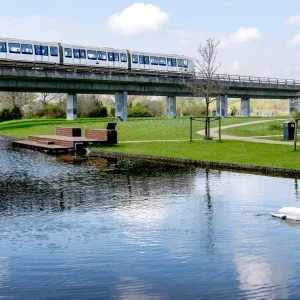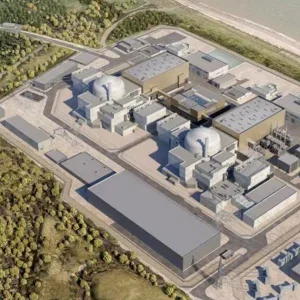The bill (or Bipartisan Infrastructure Frame – BIF) gained House approval by a narrow margin on 5 November and will now go to President Biden to be signed into law. Seen as a game changer for the country, the BIF represents the first comprehensive infrastructure plan since Dwight D Eisenhower.
Biden said it was a “once in a generation” investment that would create millions of jobs, and represented historic levels of investments in roads, bridges and passenger rail, as well as the most significant in public transit in history.
Although the bill had previously been passed by the Senate in August, it had stalled in the House due to fraught negotiations over details – largely among the Democrats themselves.
Included in the package is US$550bn earmarked for entirely new investments over the next decade, with the impact on new roads, rail, ports, rural broadband, water supply and electric car charging networks expected to be felt early next year.
What it will mean for tunnelling generally is less clear. But a big winner will be the Gateway Project, which will get $8bn to cover various schemes, including a new tunnel under the Hudson River to connect New York with New Jersey and on which construction is expected to start in August 2023; another beneficiary will be the existing 110-year-old Hudson tunnel which suffered extensive and lasting damage from Superstorm Sandy in 2012.
Overall, transportation will get $284bn which includes:
- Roads and bridges – $110bn
- Railroads – $66bn (including $30bn for Amtrak’s Northeast Corridor stretching from Washington to Boston)
- Public transit – $39bn
- Airports – $25bn
- Ports – $17bn
- Electric vehicles – $15bn.
Utilities will receive a total of $240bn which includes:
- Power infrastructure $65bn
- Broadband $65bn
- Water infrastructure $55bn.







